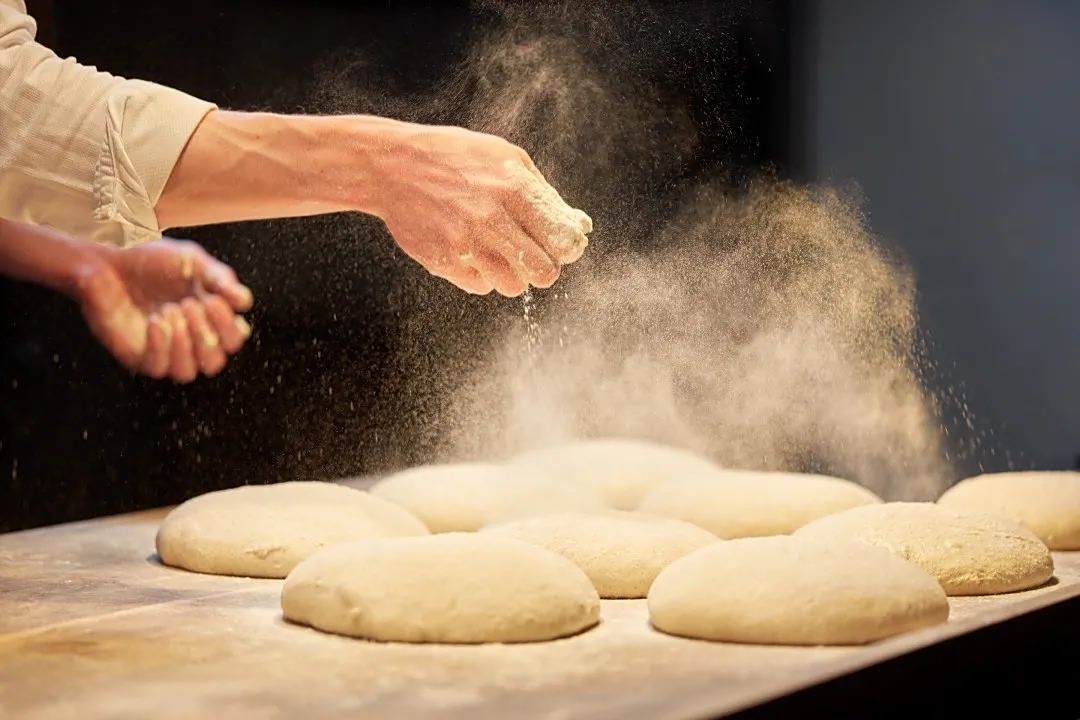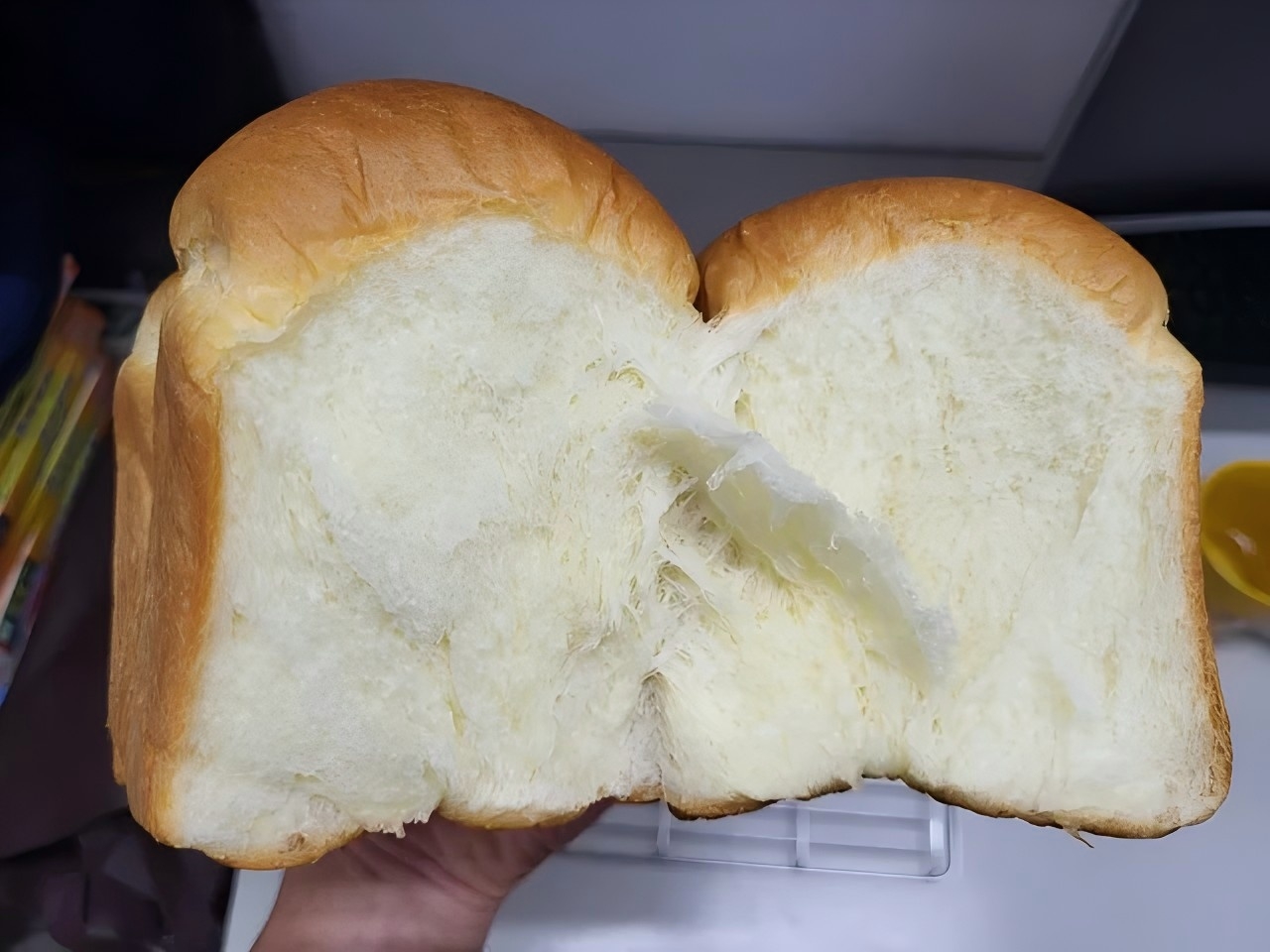The Role and Types of Bread Improvers
Bread improvers, also called "dough conditioners" or "yeast food," are special mixes of ingredients. They help dough work better. While formulations vary by manufacturer, their primary functions include:
Adjusting Water Hardness
Water hardness refers to the concentration of calcium and magnesium ions, measured in ppm (parts per million).
Harder water strengthens gluten, while soft water (common in Japan) can make dough sticky.
Adding calcium chloride (a water-hardening agent) helps optimize dough consistency by reinforcing gluten structure.

Providing Yeast Nutrition
Improvers contain organic acids (e.g., ammonium chloride, sulfate, phosphate) that serve as yeast nutrients.
These compounds help yeast work better. This ensures steady fermentation, especially in low-sugar doughs. In these doughs, natural sugar is not enough for good CO₂ production.
Strengthening and Stabilizing Gluten
Wheat quality varies because of natural factors and aging. Freshly milled flour, for example, has weaker gluten and higher stickiness.
Oxidizing agents like vitamin C (ascorbic acid) are key improvers. At first, it acts as a reducing agent.
In dough, it oxidizes through the enzyme glucose oxidase. This process changes cysteine, an amino acid in gluten, into cystine. This reaction enhances gluten elasticity and gas retention, improving bread volume and texture.
(Source: The Science of Bread Making)

Beyond Improvers: Enhancing Bread with Add-Ins
To create unique flavors and textures, bakers often incorporate add-ins such as:
Dried fruits (raisins, apricots)
Nuts and seeds (walnuts, sesame)
Herbs and spices (rosemary, cinnamon)
These ingredients add depth and personality, allowing endless customization.
You can add other ingredients during bread-making. This can make the bread more appealing and varied. These ingredients include preserved fruits, nuts, herbs and spices, etc., which can bring rich texture and flavor to the bread. When making bread, we can choose to add these ingredients according to the expected personality and differentiation.
Overall, the use of bread improvers and additives is both a science and an art. Under their combined effect, simple ingredients can transform into fragrant, rich-textured bread.


